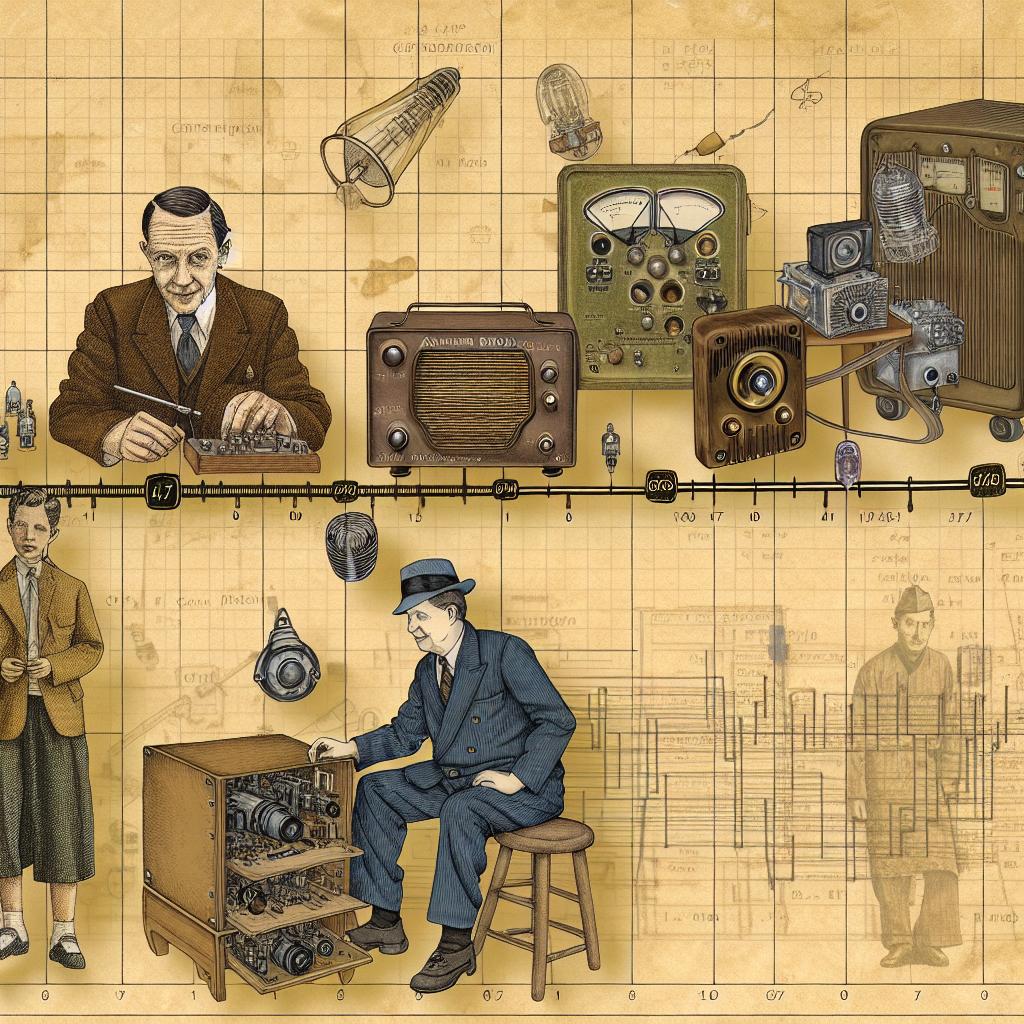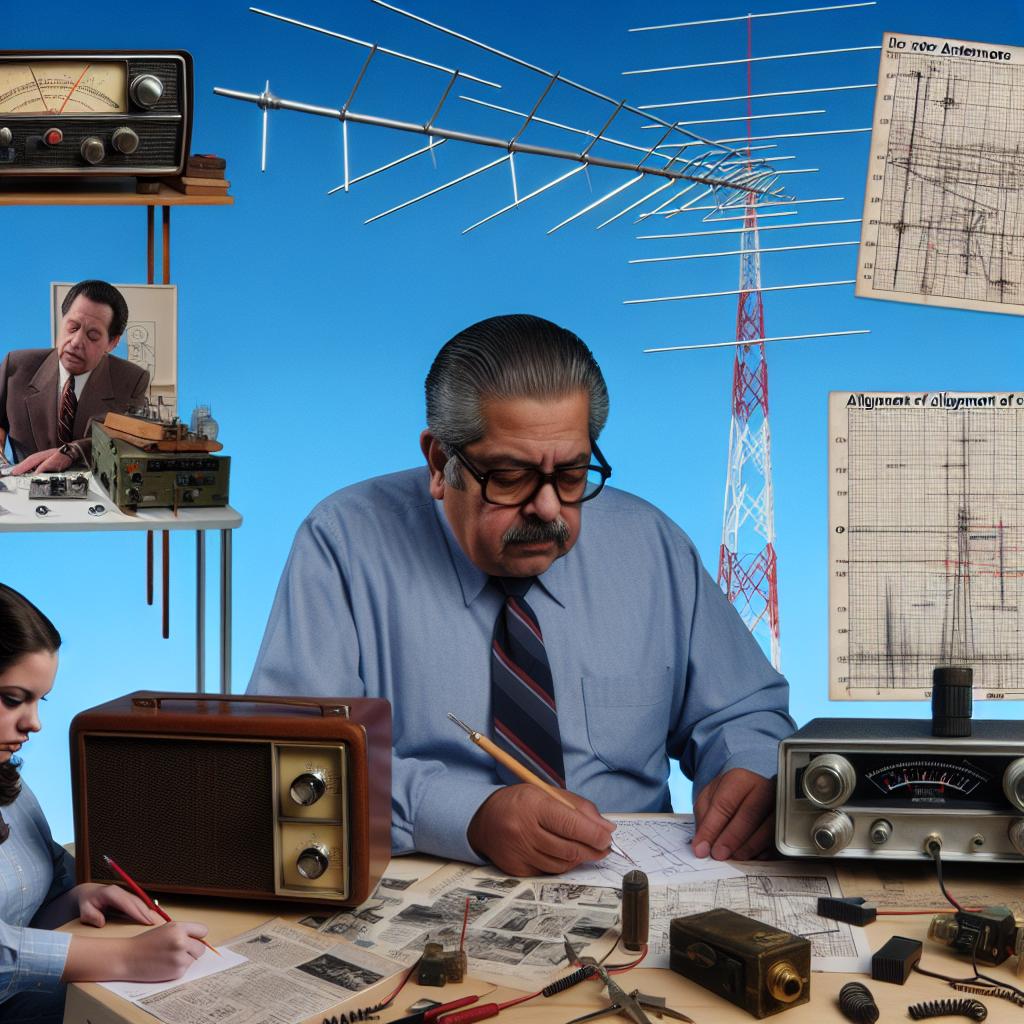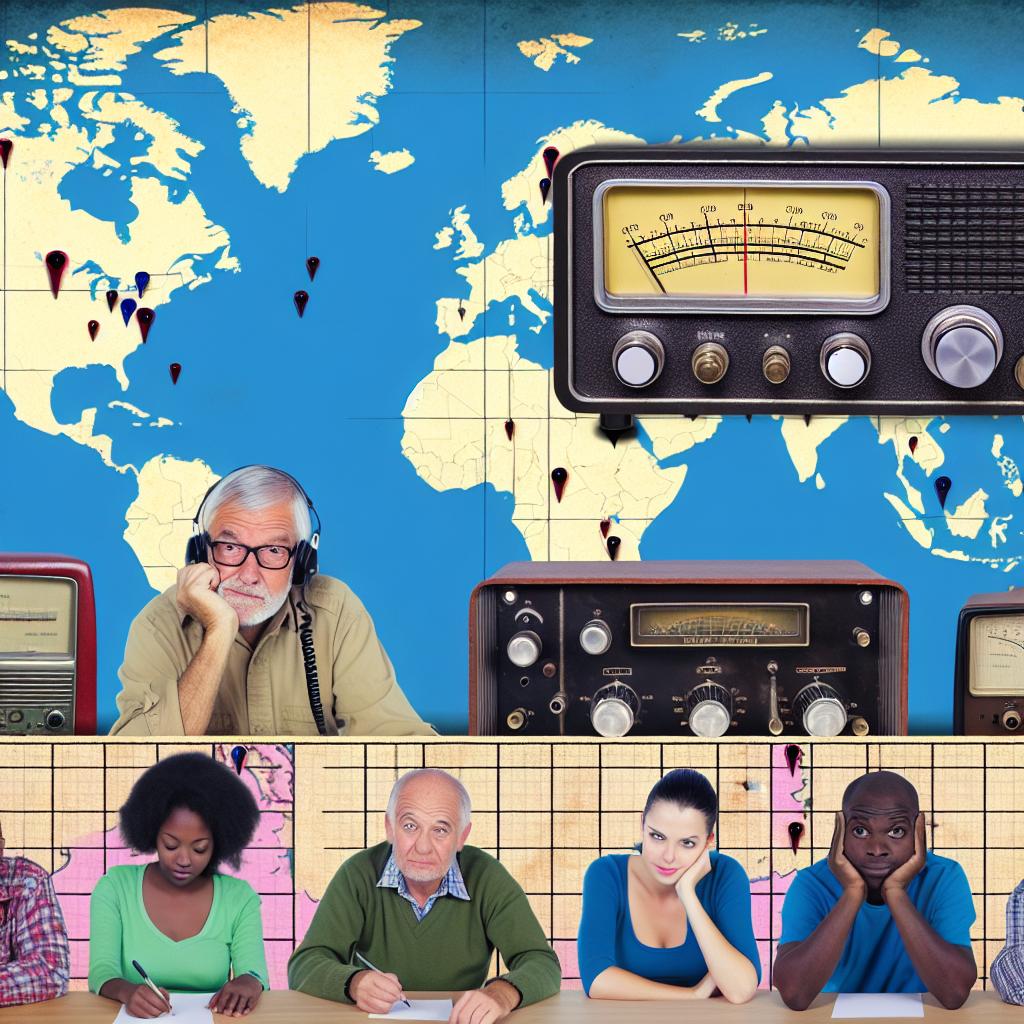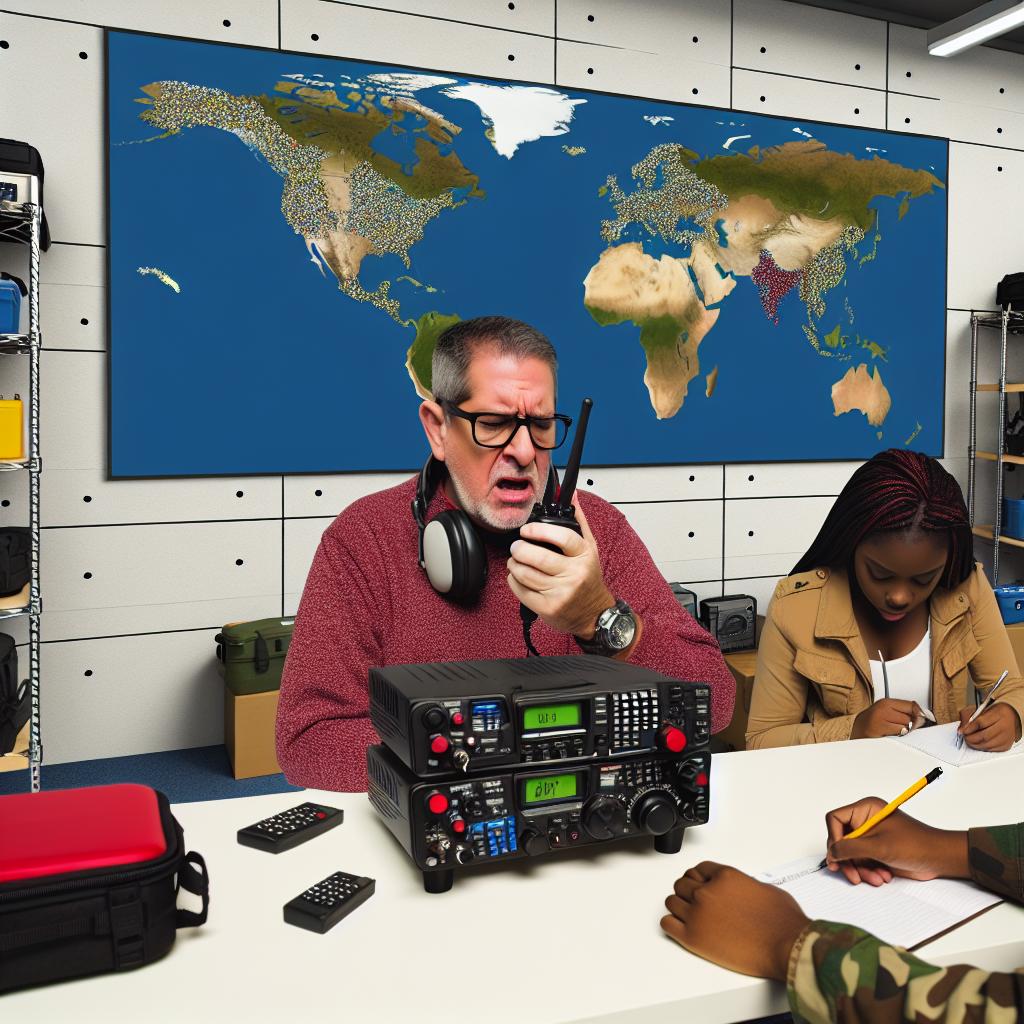The Early Days: Spark Gap Transmitters
Amateur radio, widely recognized as ham radio, traces its historical roots to the formative years of radio technology in the late 19th and early 20th centuries. During this era, wireless communication was at a nascent stage and was heavily dependent on devices known as spark gap transmitters. These transmitters operated by generating radio waves through a sequence of rapid spark discharges. Although the communication range of these devices was limited compared to modern standards, they played a crucial role in paving the way for future advancements in radio technology.
Spark gap transmitters were instrumental in initial wireless communication efforts, harnessing the fundamental properties of electricity and magnetism to create radio waves. These waves were capable of traveling over relatively short distances, enabling early communication efforts without physical connections like wired telegraphs. Operators used Morse code as a primary mode of communication, encoding messages into a series of dots and dashes, which were then transmitted and decoded by receivers.
The Rise of Continuous Wave Transmissions
With the march of technological progress, the introduction of the vacuum tube marked a significant leap forward for radio communications. Vacuum tubes facilitated the generation of continuous wave (CW) transmissions. Unlike the unpredictable signals produced by spark gap transmitters, CW offered a more efficient and stable method for sending and receiving messages. This technological leap not only enhanced communication clarity but also broadened the scope for other forms of transmission, including voice.
Continuous wave transmissions were a cornerstone for establishing standardized communication protocols. They transitioned the communication paradigm from Morse code, which had dominated early radio exchanges due to its simplicity, to more complex voice transmissions. This transition broadened the accessibility and versatility of radio, making it feasible for amateur operators to explore new frontiers in communication.
The Golden Age of Amateur Radio
The era between the 1920s and 1960s is often hailed as the golden age of amateur radio. This period was characterized by tremendous enthusiasm and exploration among amateur operators who contributed significantly to the evolution of radio technology and culture. Many operators exhibited great creativity and innovation, often building their own equipment and experimenting extensively with various frequencies and antenna configurations.
Amateur radio enthusiasts committed substantial time to these pursuits, not only to experiment but also to engage with others around the globe. This ability to communicate across significant distances, without relying on established infrastructure, helped cultivate a robust and cooperative amateur radio community. Additionally, radio clubs and groups formed, facilitating the exchange of ideas, knowledge, and technical skills.
The Advent of Transistors and Integrated Circuits
The invention of the transistor during the late 1940s and the ongoing development of integrated circuits heralded a new era in amateur radio. These innovations drastically enhanced the portability, durability, and capability of radio devices, making the technology more accessible and user-friendly. As a result, more individuals could participate and explore this exciting hobby.
Early transceivers emerged as a popular choice among radio hobbyists, integrating both transmission and reception capabilities into a single, compact unit. This not only simplified the user experience but also marked the globalization of amateur radio. Operators from various parts of the world could now communicate more easily, thanks to the efficient and reliable equipment enabled by transistor technology.
Software-Defined Radio: The Modern Era
In the more recent decades, software-defined radio (SDR) has emerged as a groundbreaking innovation, reshaping the landscape of amateur radio. Rather than relying exclusively on hardware, SDRs employ computer software to execute many functions traditionally handled by physical components. This technological flexibility opens up numerous possibilities and facilitates easy adaptation and updates via software modifications.
SDR technology empowers amateur radio operators with the ability to engage in a wide array of signal processing experiments and techniques. This adaptability means enthusiasts can access different frequency bands, test novel modes of communication, and continuously refine their setups with relative ease. The innovative nature of SDRs continues to expand the horizon of amateur radio, offering exciting opportunities for exploration and development.
Conclusion
The evolution of amateur radio from the early days of spark gap transmitters to the cutting-edge capabilities of software-defined radios underscores a remarkable journey of technological progress and ingenuity. Over the decades, amateur radio has expanded and adapted, fueled by the curiosity and passion of a global community of enthusiasts. Today, it remains a thriving hobby and field of exploration, enriched by the continuous cycle of innovation and shared knowledge among its practitioners. For those eager to delve deeper into the intricacies of amateur radio, abundant resources and communities are available online, offering valuable insights into the rich history and vibrant future of this fascinating domain.




